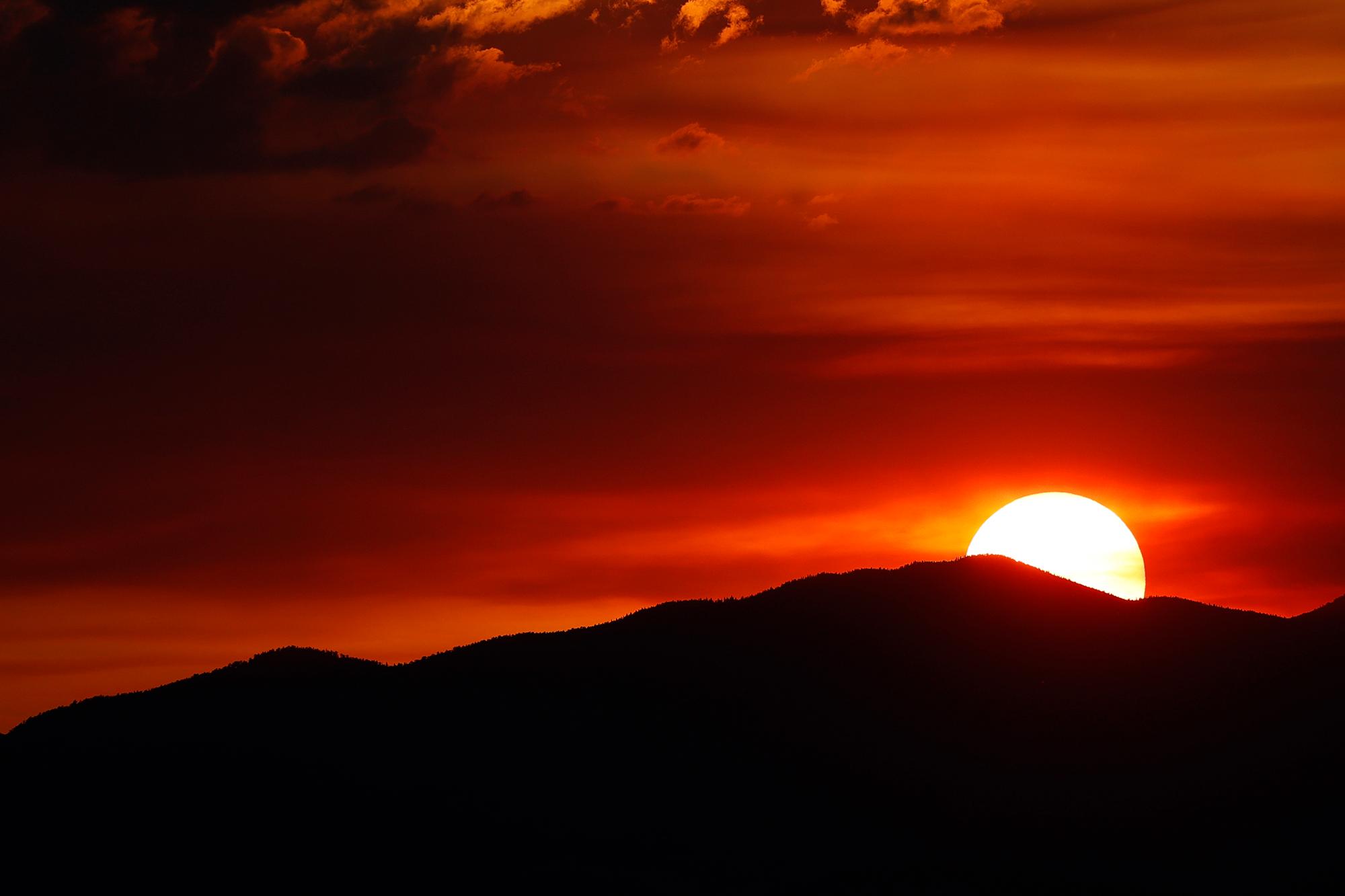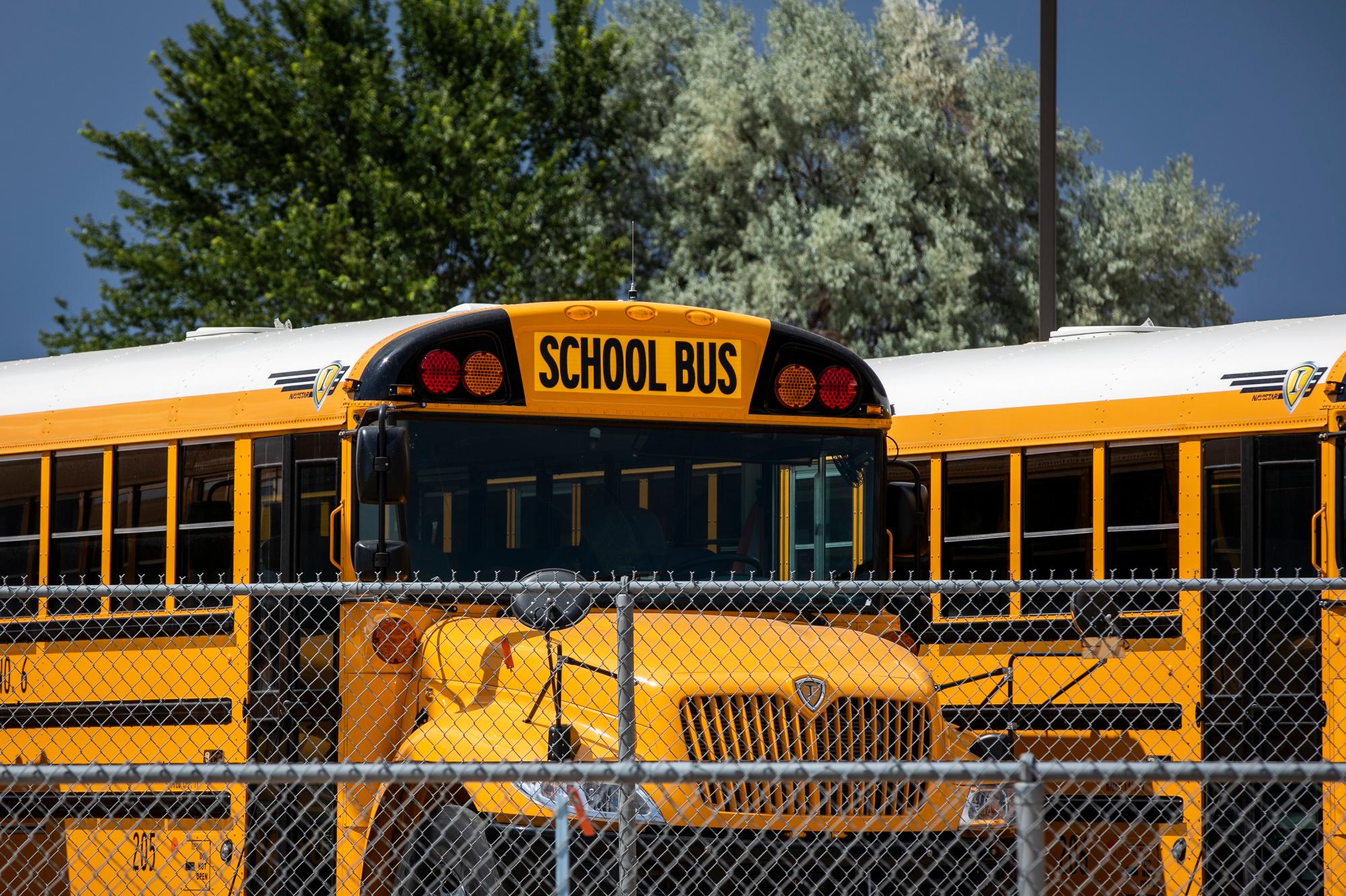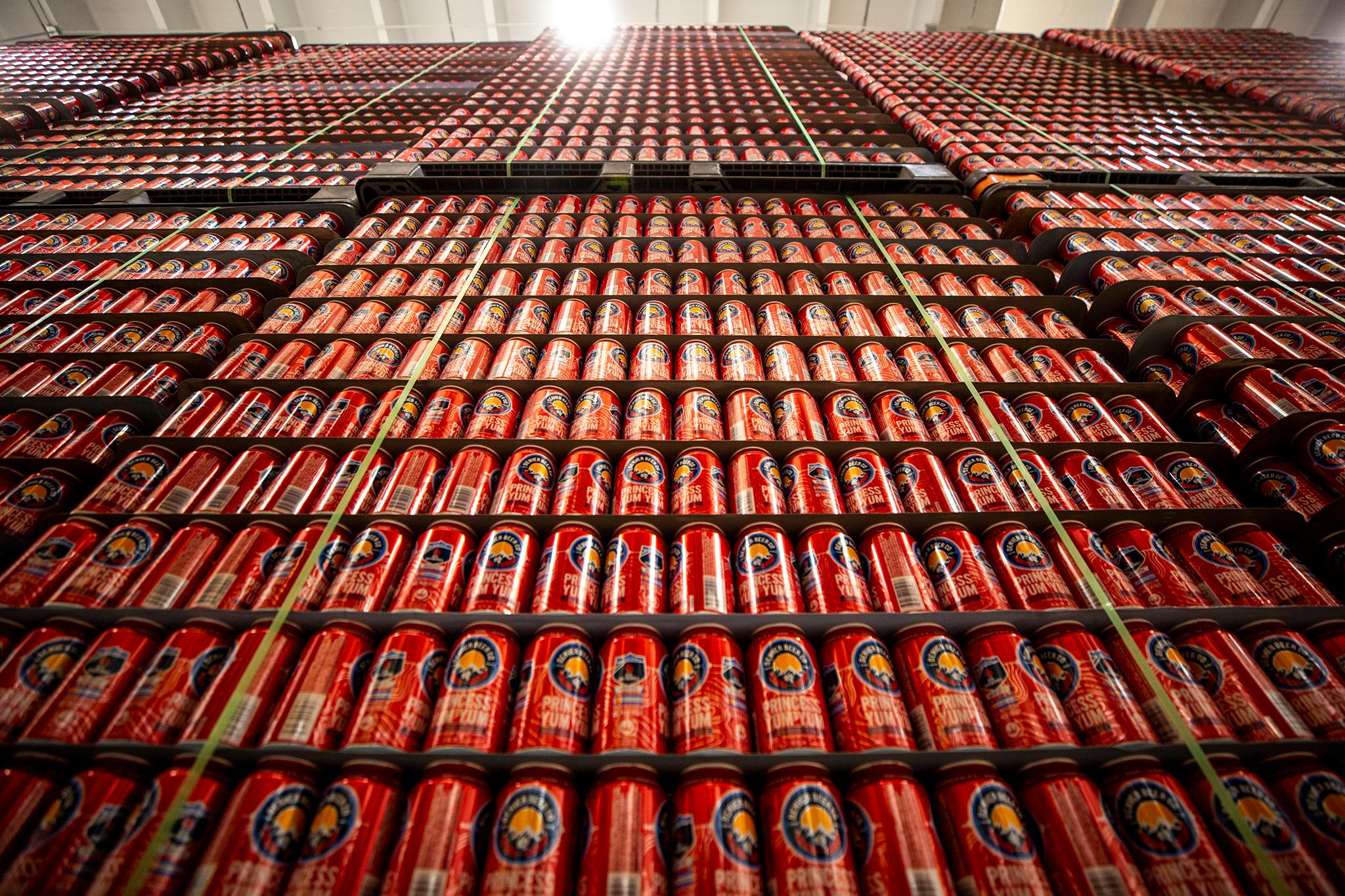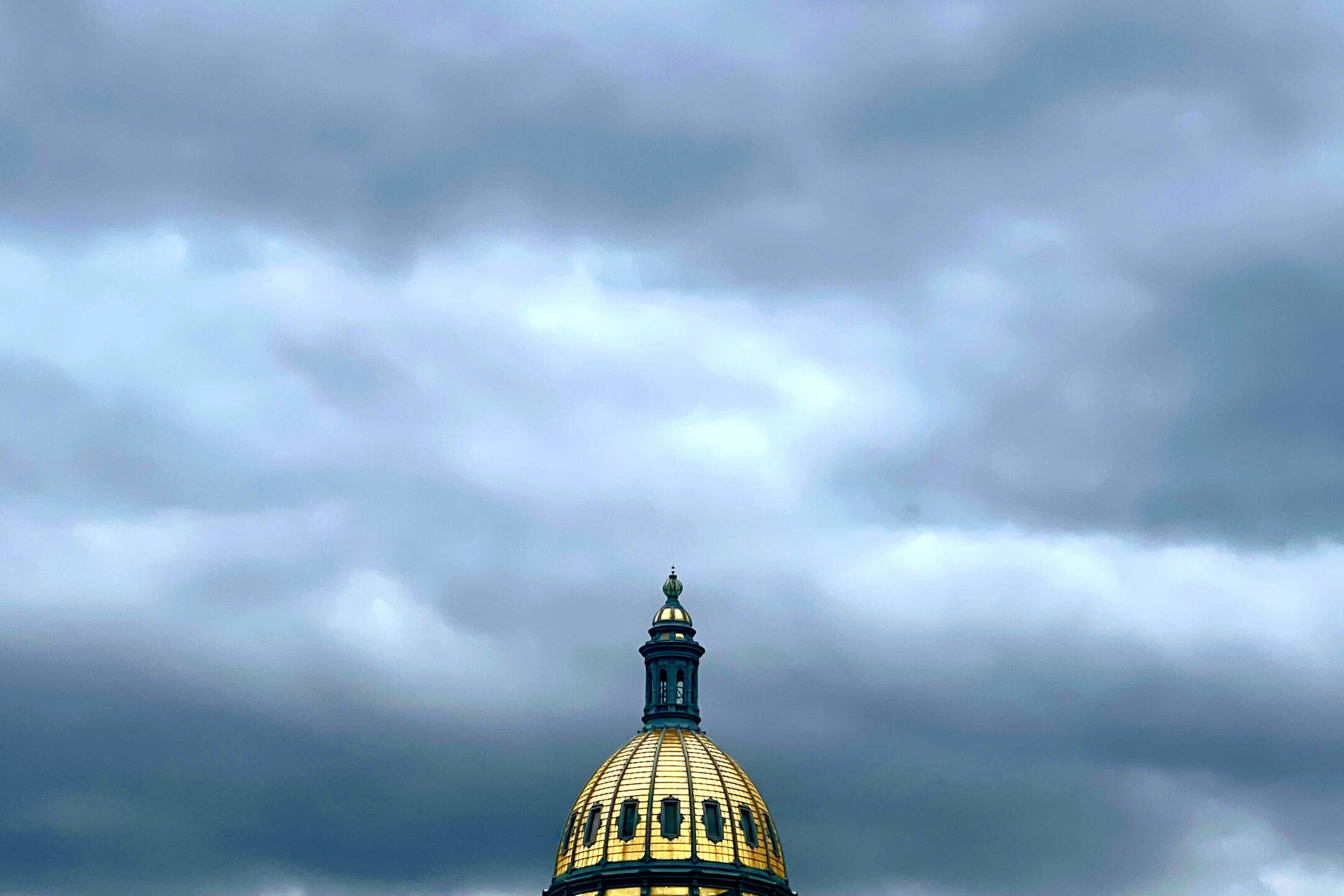
The Pine Gulch and Grizzly Creek wildfires have burned a combined 40,000 acres on the Western Slope, leading to highway closures and evacuations.
But alongside the danger and destruction, wildfires can also create moments of awe. Social media is filled with photos of sunsets made more intense by the fires. The effect is visible even from the Front Range.
And it's true — sunsets really do look even more vividly orange and red when wildfire smoke fills the skyline.
The science behind why goes back to elementary school lessons, Oklahoma-based meteorologist Daphne Thompson said.
Think about that old mnemonic device for the colors of the rainbow, ROYGBIV — red, orange, yellow, green, blue, indigo and violet. The red and orange waves are on longer wavelengths, while the blues and violets are on shorter ones, Thompson said.
Sunsets already feature those longer wavelengths, which is why those reds and oranges reach your eye. Wildfire smoke only accentuates that effect.
"The thing with wildfires is that the smoke puts a lot of extra particles up in the atmosphere. So now we're getting the red scattering over even more of those particles, and you can get some amazing red sunsets during wildfires," Thompson said.
Those extra particles are really, really small — the length of one-millionth of a meter, or even less. They make reds and oranges pop by diffusing the other colors on those shorter wavelengths, experimental physicist Kevin Davenport said.
"Certain colors of light will interact with them and scatter in a random direction. Longer wavelengths of light, like reds and oranges, don't interact with them and they can just pass through," Davenport said.
Clouds can make a sunset look more colorful, and wildfires can even create their own unique clouds that add to the dynamic view.
"You get an intense enough fire, you can get a special type of cloud that develops where the fire causes its own thunderstorm," Thompson said. "Then you have those clouds in the sky that are reflecting the sunlight."
If you want to capture a picture of the vivid sunsets created by wildfire smoke, there's no need to get close to the blaze.
"You don't want to be too close to that wildfire though, because then you're just getting smoke. So the further away you are, the better the pictures can be," Thompson said.
And remember that stepping back and gazing at the sunset isn't an option for everyone.
"You're always going to have concerns about the people affected by the fire," Thompson said. "There are definitely people who were close to those areas that are not going to care whether the sunsets are red or not because their houses are burning or their property is burning."









